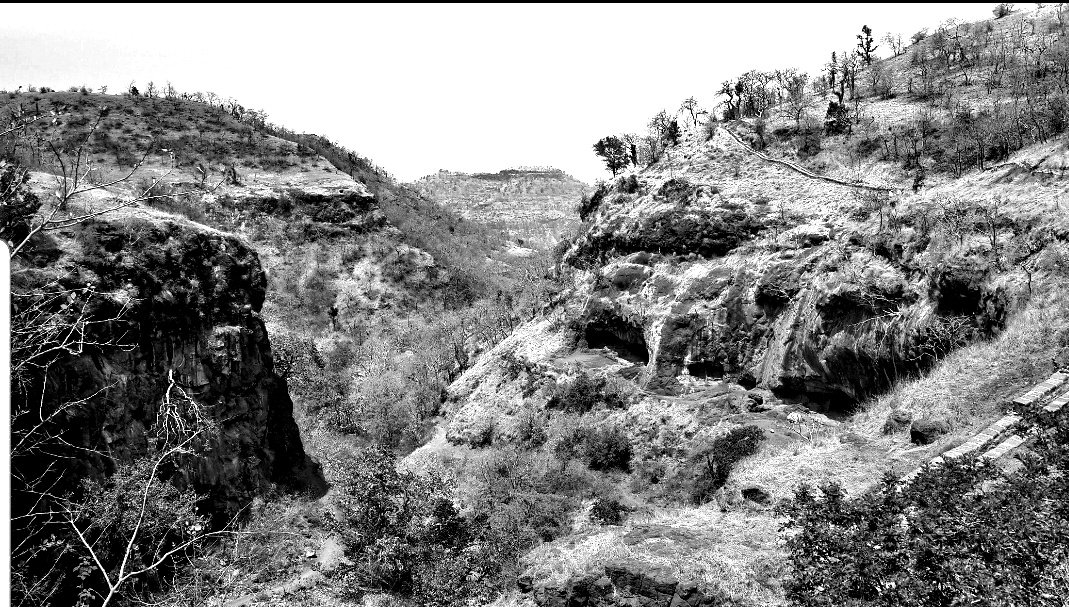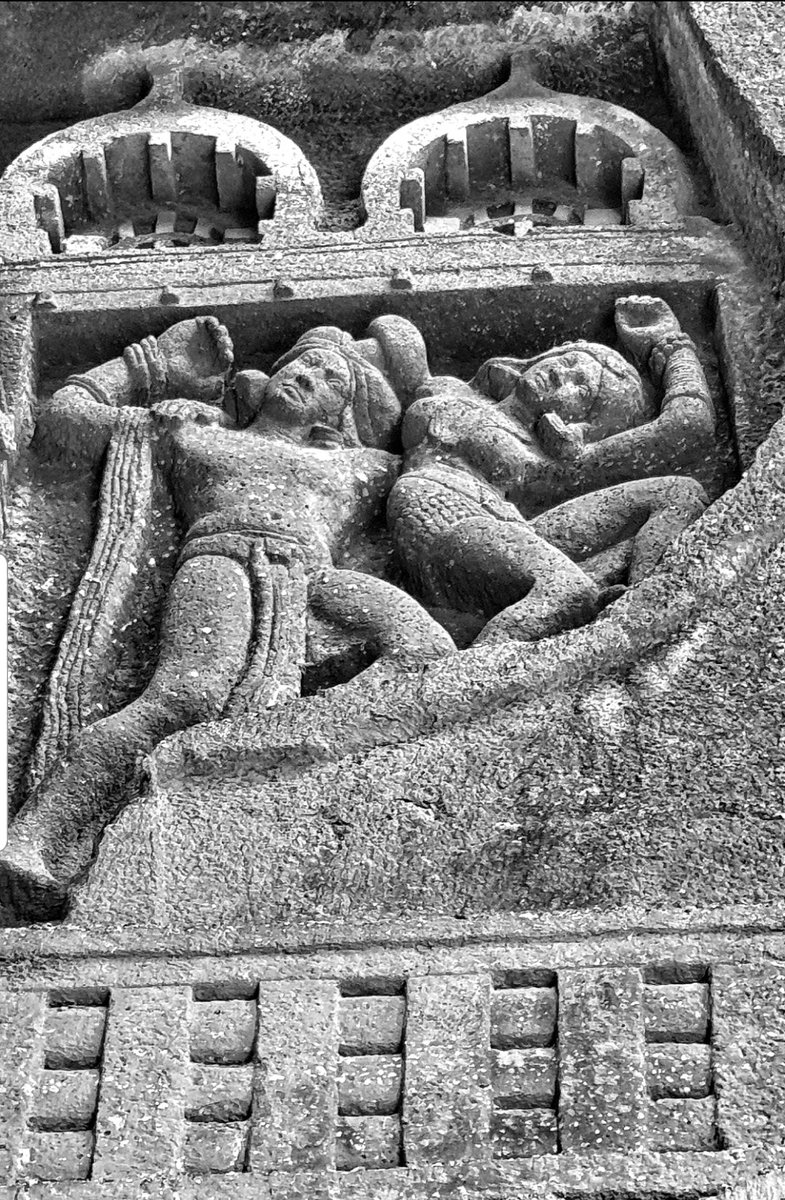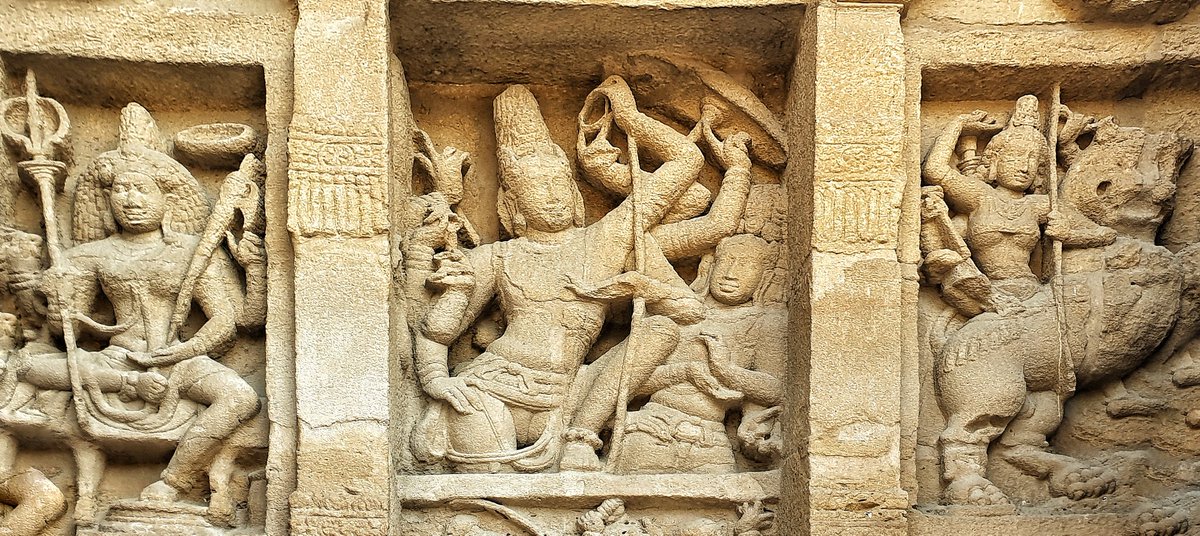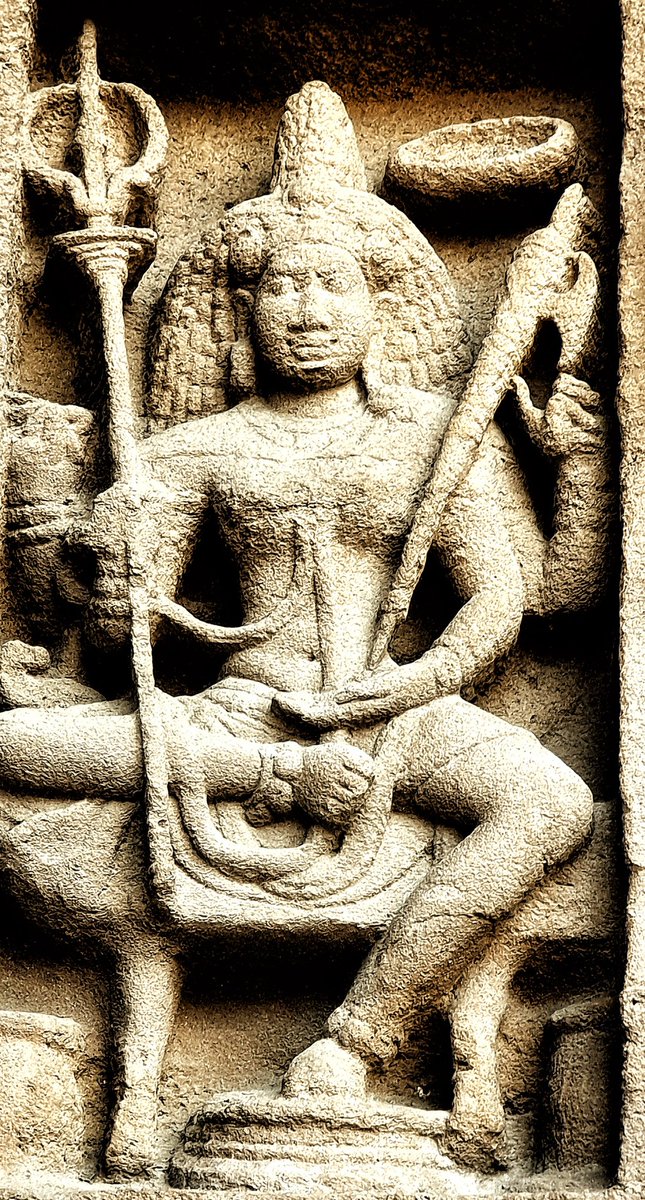
After yesterday's posts on Bhaja & Bedsa, here is one on the greatest caves of them all- Ajanta ‘nothing less than the birth of Indian art’
"The paintings are possibly the finest surviving picture galleries from the ancient world."
theguardian.com/artanddesign/2…
"The paintings are possibly the finest surviving picture galleries from the ancient world."
theguardian.com/artanddesign/2…
"The murals of Ajanta are now recognised as some of the greatest art produced by humankind in any century, as well as the finest picture gallery to survive from any ancient civilisation. Even today, the colours glow with a brilliant intensity: topaz-dark,lizard green, lotus-blue" 

"Dominating everything are portraits of bodhisattvas of otherworldly beauty, elegance and compassion, eyes half-closed, swaying on the threshold of enlightenment, caught in what the great historian of Indian art, Stella Kramrisch, wonderfully described as "a gale of stillness." 
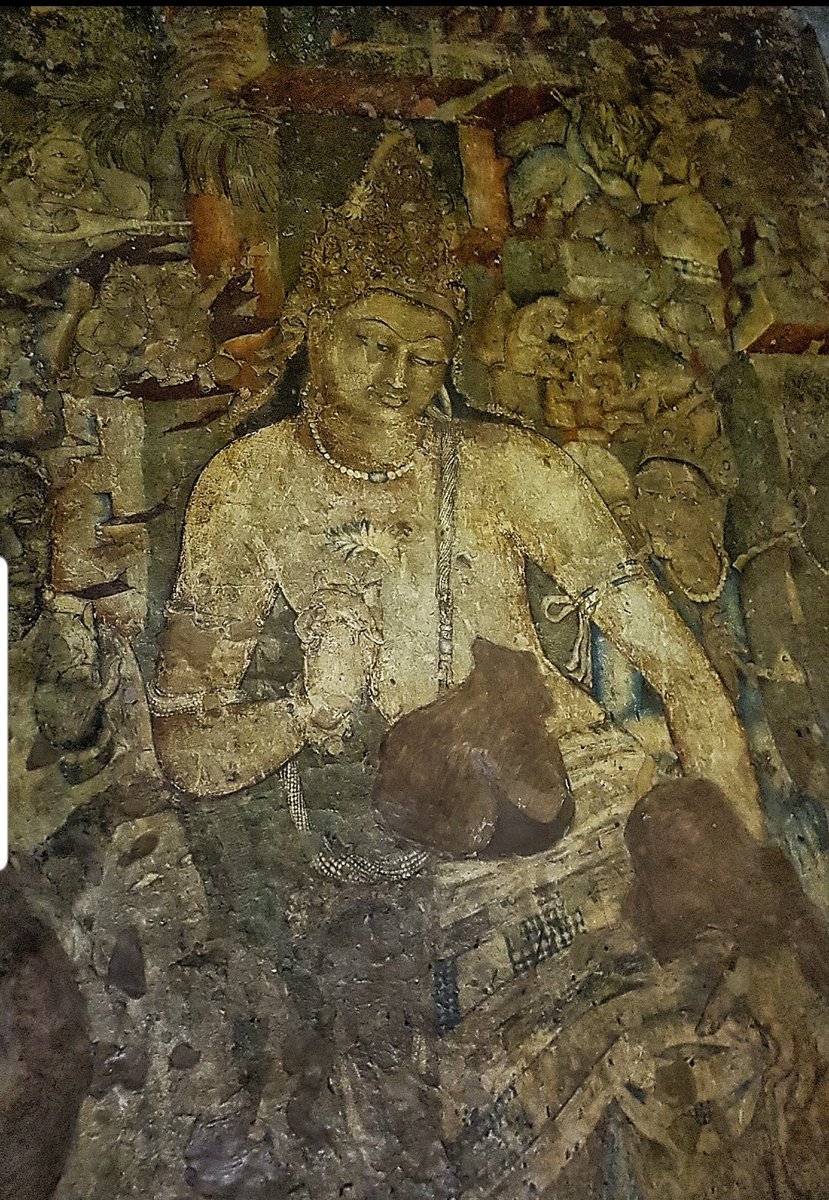
The recently restored "Cave 10 contains a supreme treasure that has only recently been identified: fragments of the oldest surviving painting of the life of the Buddha and an image of the first sermon at Sarnath. Next to the latter lies a depiction of the legend of Udayana" 
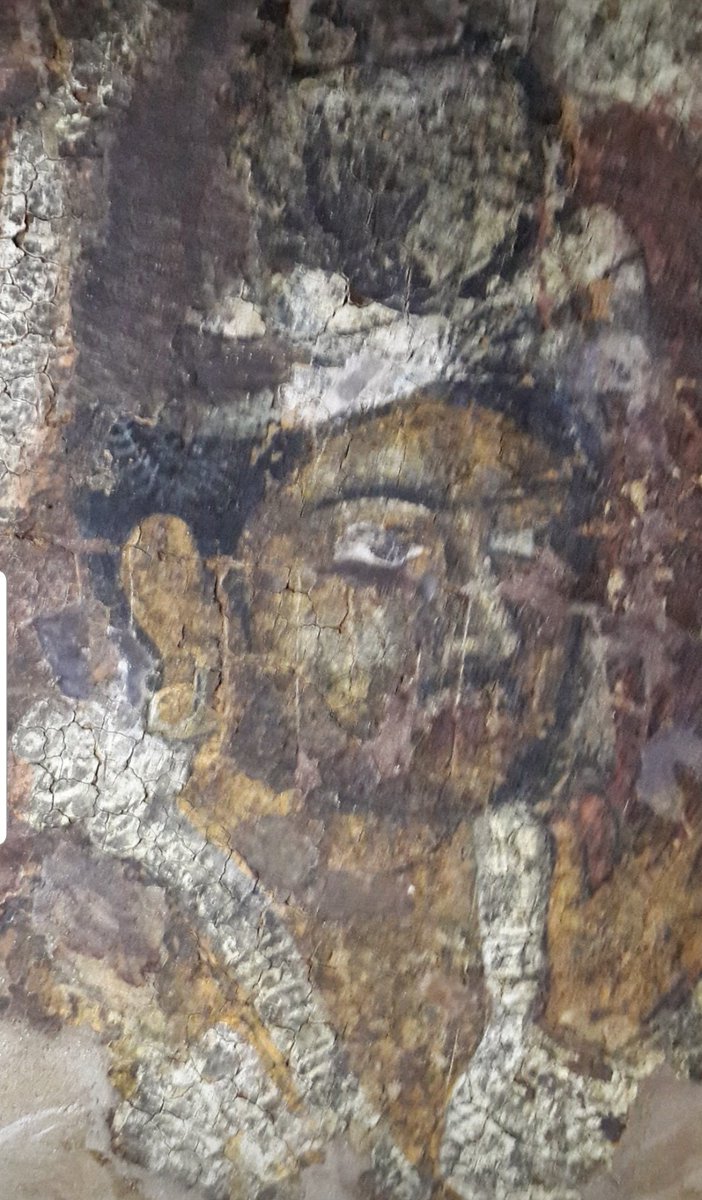
"The artists of Cave 10 open a window on to an age about which we know little. We see the costumes of this very early period: the king of Varanasi, for example, wears a white cotton tunic of strikingly central Asian appearance, wrapped around with a cummerbund..." 

"His guards are bare-chested and are armed with spears and bell-shaped shields decorated with half-moons and shining suns. The turbans of the different ranks are shown with great care and seem to be an important indicator of status" 

"So realistic are the faces depicted that you feel these have to be portraits of real individuals. There is none of the idealisation you see in the later images. Instead there is something hypnotic about the soundless stare of these silent, often uncertain, Satavahana faces." 
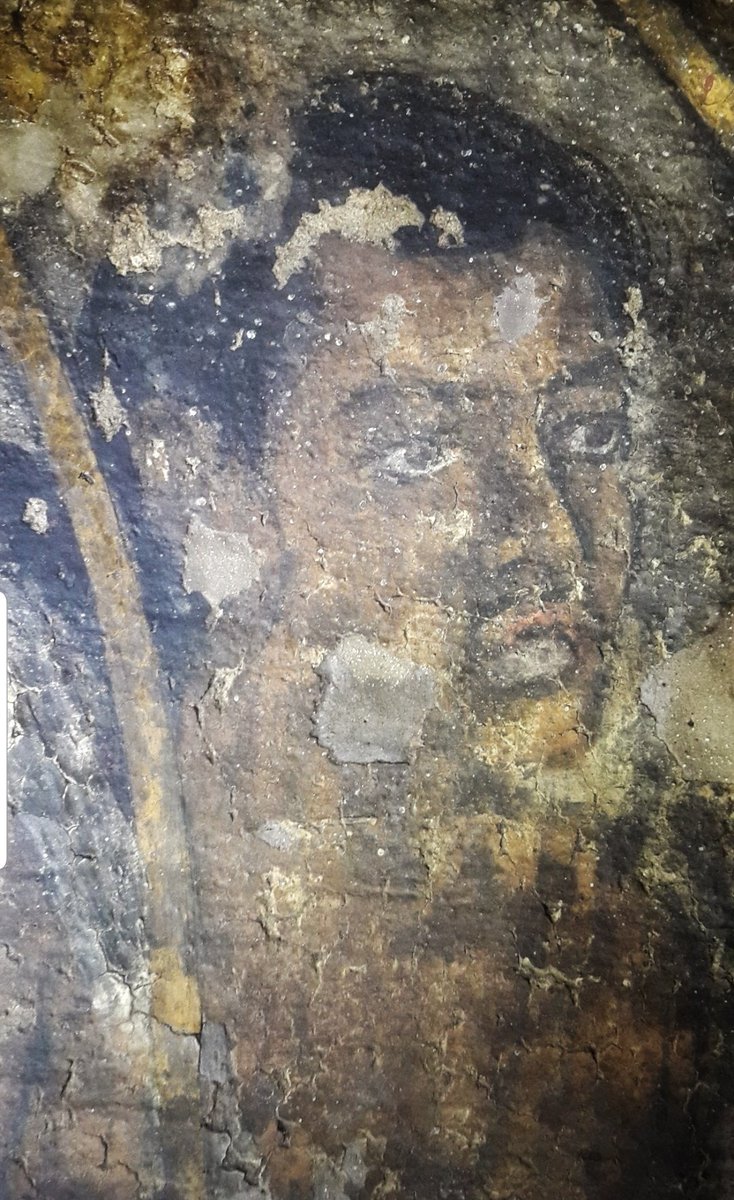
Their fleeting expressions are frozen, startled, as if suddenly surprised by the king's decision to loose his arrow or by the nobility of the great elephant breaking through the trees." 

"The viewer peers at these figures trying to catch some hint of the upheavals they witnessed and the strange sights they saw in ancient India. But the smooth, clean humane Indo-Hellenistic faces stare us down" 

"The people in these murals appear disconcertingly familiar. 2000 years after they were painted these faces convey w penetrating immediacy the character of the different sitters: the alert guard, the king caught in the excitement of the hunt, the obedient son fetching water" 

"Indeed, so contemporary are the features that you have to keep reminding yourself that these sitters are not from our world, they are depictions of a court that vanished from these now bare hills more than two millennia ago. " 

"It is eerie to stare into the eyes of men and women who died more than 2,000 years ago; but odder still to feel that their faces are somehow reassuringly recognisable." 

Here is a piece I wrote on the dramatic restoration of Ajanta Cave 10 by
Manager Rajdeo Singh, the ASI chief of conservation and head of science at Aurangabad
india-seminar.com/2014/659/659_w…
@ahluwaliadisha
Manager Rajdeo Singh, the ASI chief of conservation and head of science at Aurangabad
india-seminar.com/2014/659/659_w…
@ahluwaliadisha
• • •
Missing some Tweet in this thread? You can try to
force a refresh

